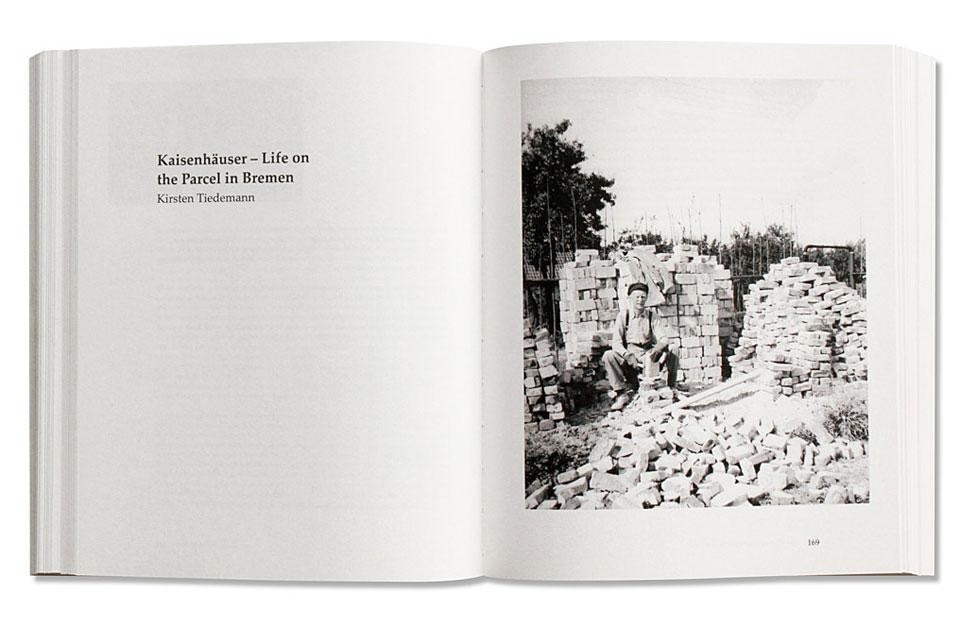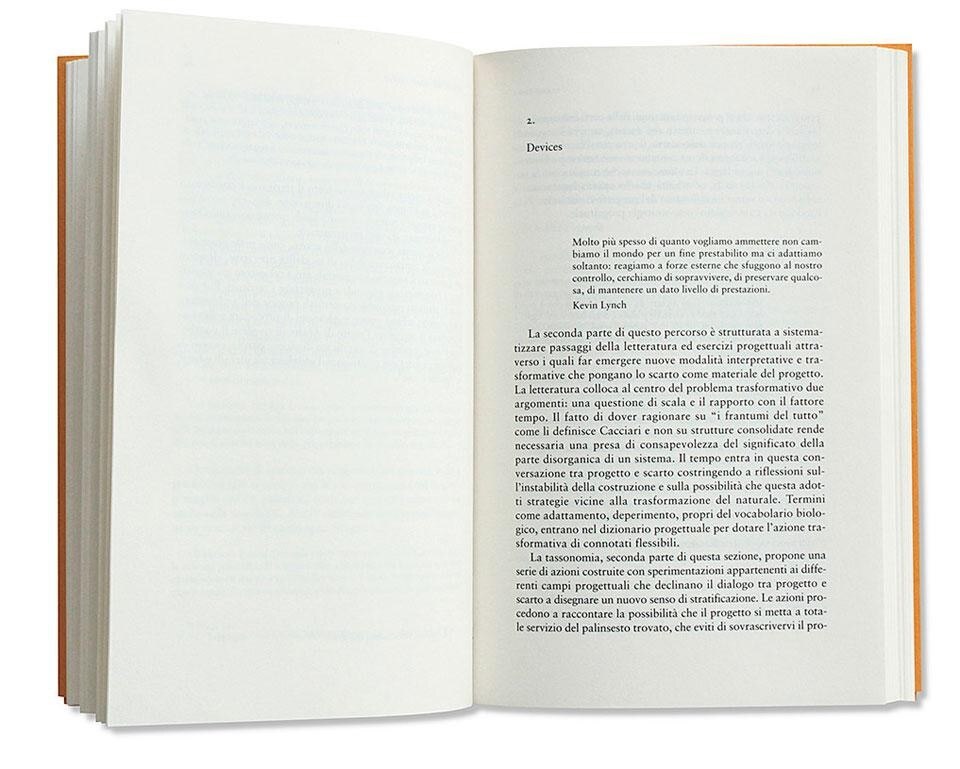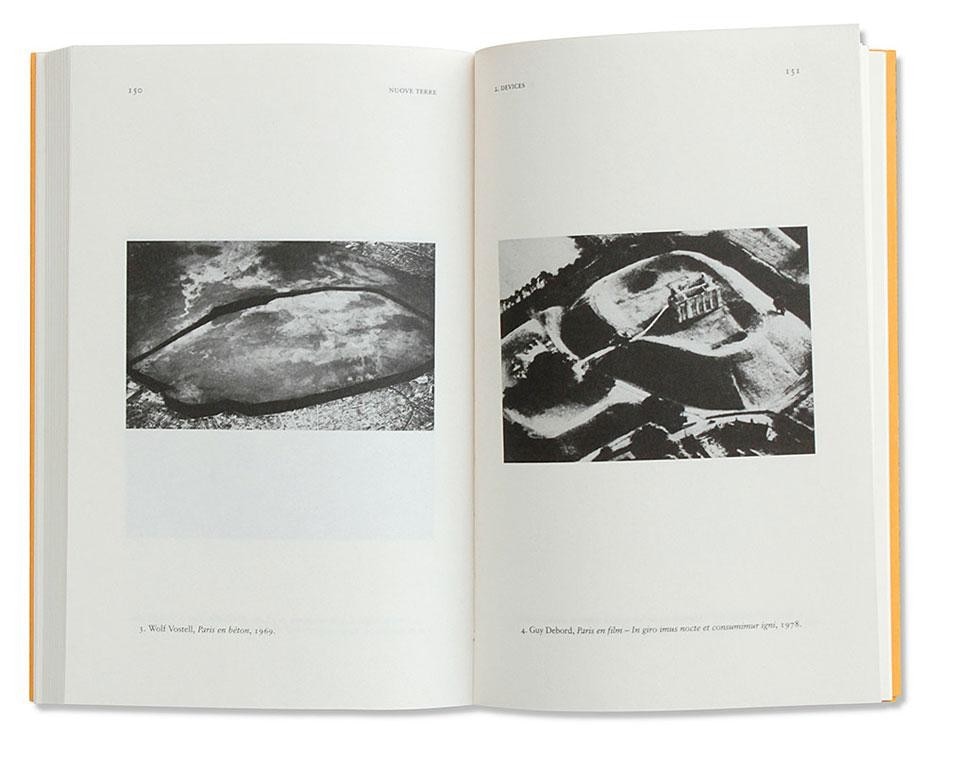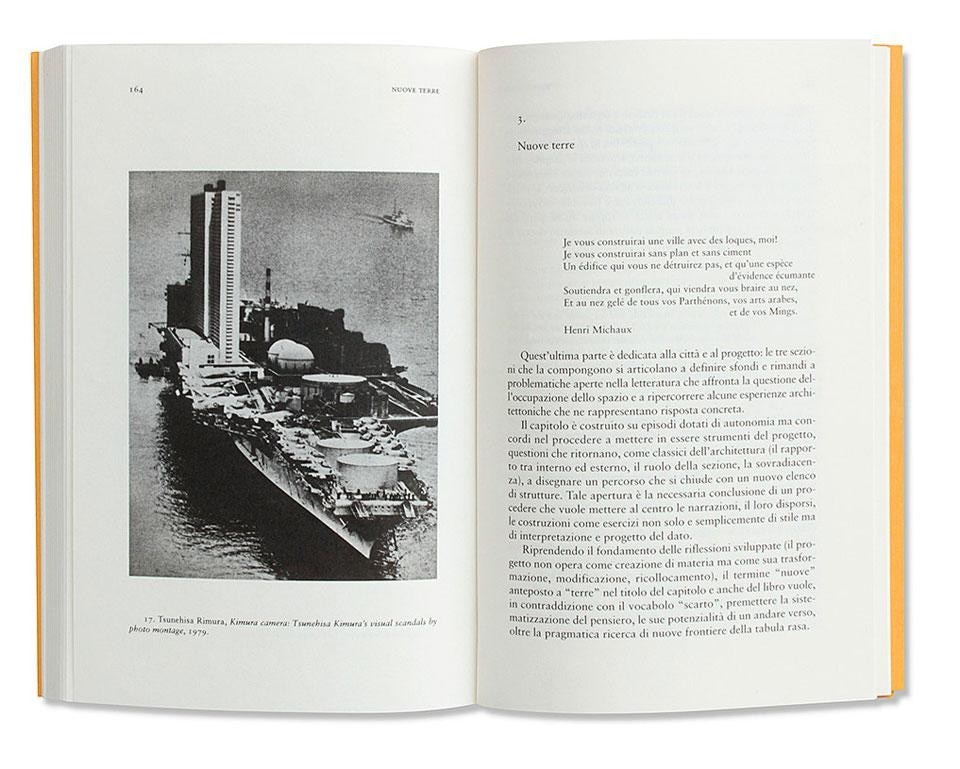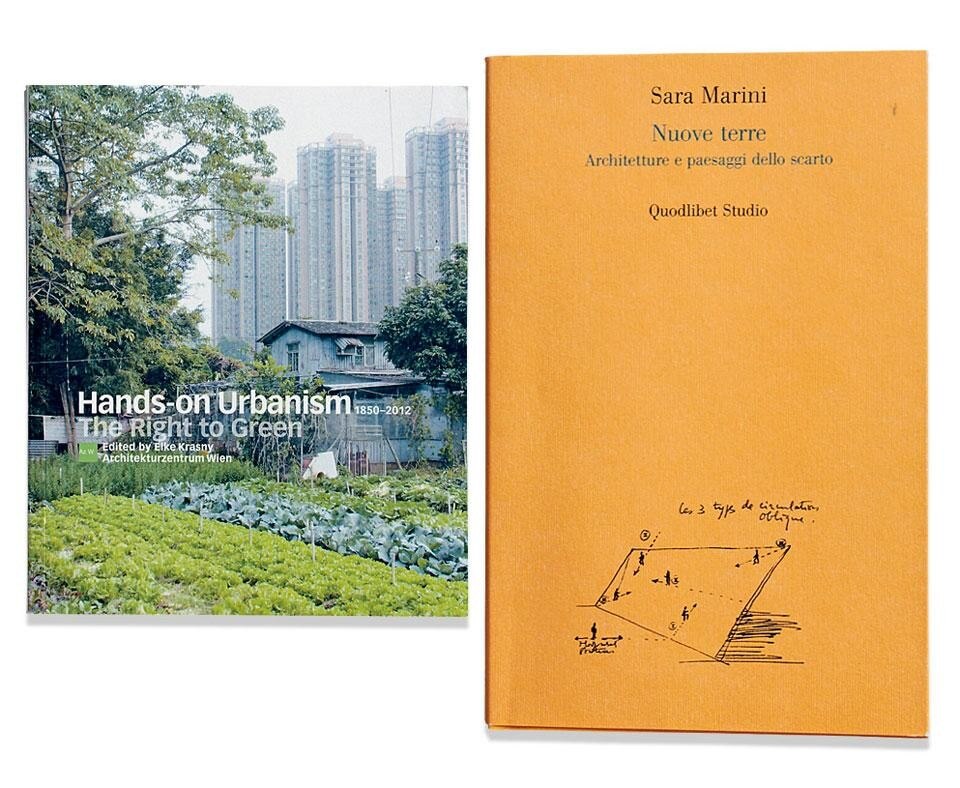Sara Marini, Nuove terre. Architetture e paesaggi dello scarto , Quodlibet, Macerata 2010 (pp. 204, €17,00)
If we were talking about people we might use the expression elective affinities: connections that are difficult to define logically make the voice of one person resonate in the meaning of another, and vice versa, like when shared emotivity or idiosyncrasies associate certain spirits, certain people. But here we are talking about two books, whose similarities are linked to the difficulty in placing them in a disciplinary context. Both elude a precise definition, arousing a curious fascination in the reader with the inquiry method and the subject matter.
The first is by Sara Marini: Nuove terre. Architetture e paesaggi dello scarto. Constructed like a powerful collage on the theme of rejected, marginal and abandoned places that traverse, touch and nourish contemporary territories, it is the invention of a cartographic science that is made up of stories aiming to detect the discomforts and dreams of our civilisation. Marini's choice of methodology validates her systematic return to a subject that she has been exploring now for several years with decidedly positive results. Her "here and now" regards a subject that is difficult to describe and tends to be fleeting, because it is residual, parasitical, elusive and unpredictable. The leftover scraps that she describes belong to a system of voids and omissions. It is a state of removal from reality that claims to be physical; a phantom that speaks, perfectly harmonised inside the book, through the voices of philosophers, architects, intellectuals, critics and artists.

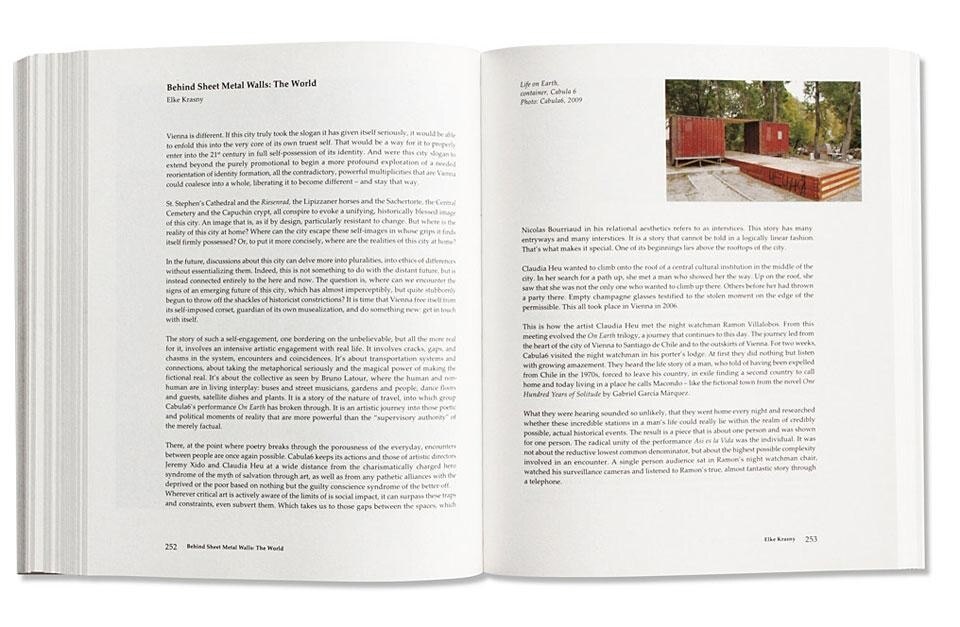
For a long time, urban greenery has been considered a design remnant of the city and at the same time its presence and the characteristic modalities of its occupation demonstrate how residual spaces are very often an opportunity for social responsibility, political proposals and design
